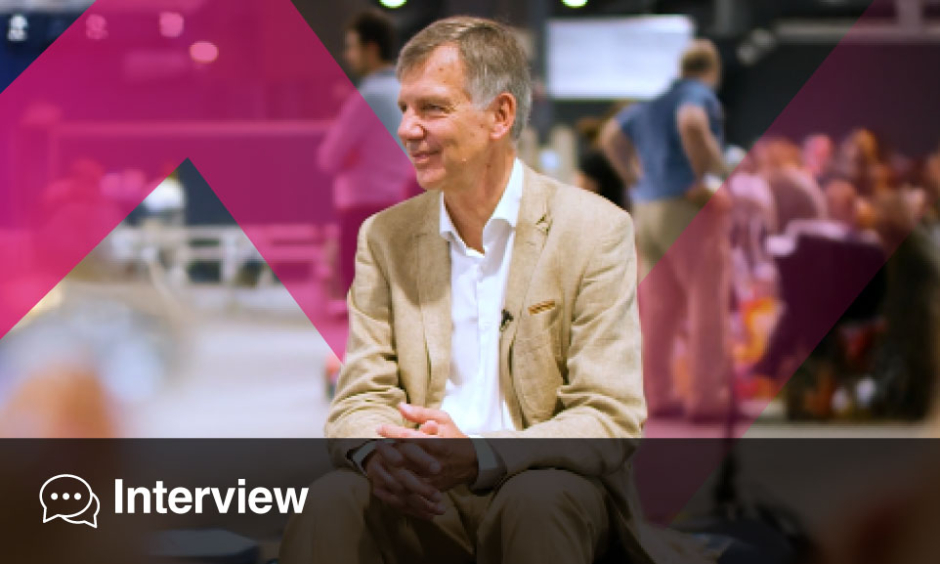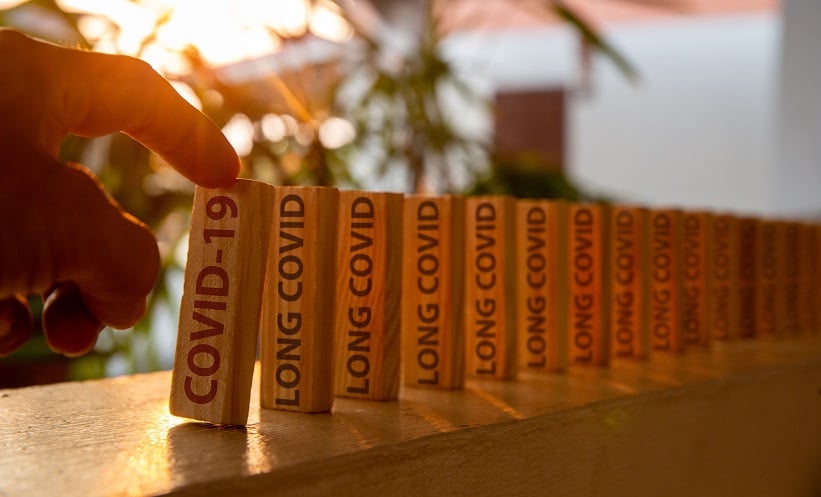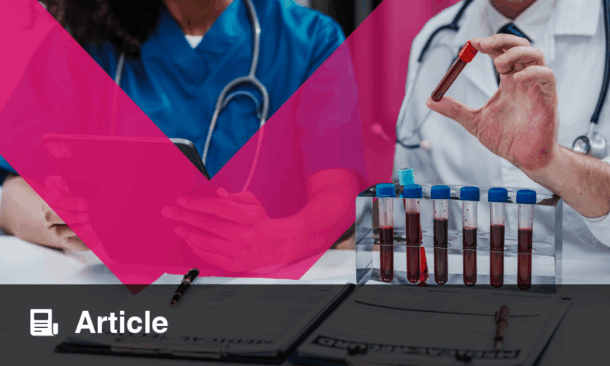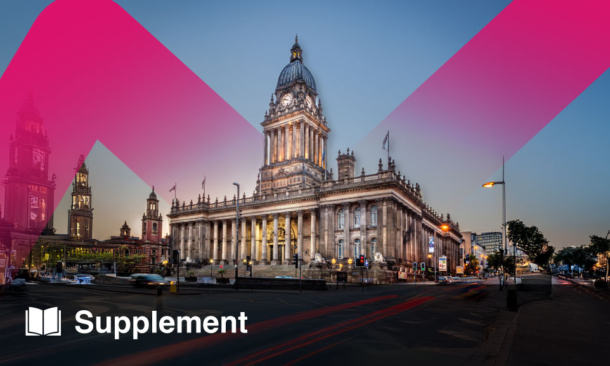Martin Dreyling | Professor of Medicine and Head of Lymphoma Programme, Ludwig Maximilian University, Munich, Germany; Scientific Program Committee Chair, European Hematology Association (EHA)
Citation: EMJ Hematol. 2025;13[1]:72-74. https://doi.org/10.33590/emjhematol/GFPQ3502
![]()
Firstly, thank you for taking the time to speak with us today. To begin, could you briefly walk us through your educational and professional journey, and what initially inspired your focus on haematology and clinical research?
Well, I’m probably a bit of an exception, and I have a good reason for that. As a young student, I was set on becoming a cardiologist. I did everything to pursue that path, but in the end, things worked out differently.
By chance, during my clinical training, I did a rotation in the oncology ward. In Germany, haematology and oncology are combined, and the attending physician that day turned out to be one of my role models. That experience opened my eyes.
I realised how deeply meaningful it is to connect directly with patients. I had a strong feeling that what I was doing made sense, and I thought, “If I want to do medicine, I want to do it like this.” I loved the idea of shared decision-making, a strong patient–physician connection, and working in an interprofessional environment. That’s ultimately what brought me to haematology.
As the Scientific Program Committee Chair for the European Hematology Association (EHA) Congress 2025, what were the key considerations that guided the development of this year’s Congress programme? How has the committee worked to ensure that the content is relevant and engaging for such a diverse audience?
EHA offers an incredible wealth of opportunities; it’s actually quite difficult to choose which highlights to include. We are fortunate to have an excellent Programme Committee, with experts from all over Europe and beyond, including the USA and other regions.
At the beginning, the task feels almost overwhelming. You think, how can we possibly select just a few topics? But we begin by working in small expert groups, and very quickly we begin to see patterns, what’s trending, what’s advancing, and where we need to provide clinical education.
Once the small groups align on their recommendations, I’m always impressed at how efficiently it begins to come together. Because we all bring different perspectives, different specialties, backgrounds, and areas of focus, the final result is more than the sum of its parts.
I’d encourage anyone to get involved with the Programme Committee. You start from scratch, asking, What’s new? What will be hot a year from now? You have to look ahead.
We are deeply reliant on the expertise within our disease-specific working groups. They begin by preparing detailed proposals, and then we all come together in a consensus meeting.
For me, it feels almost miraculous. After a few very intense days, we emerge with a solid first draft of the programme. It still needs some refinement, of course, but it already reflects a rich, diverse, and well-balanced offering, from clinical training to basic research, from scientific breakthroughs to policy discussions.
That breadth is what makes EHA truly unique.
What can attendees expect from participating in an EHA Congress, and why do you believe it plays such a critical role in staying at the forefront of haematology research and innovation?
EHA has become the epicentre for scientific updates in haematology. It’s where you’ll find cutting-edge developments presented alongside high-quality educational sessions and vibrant networking opportunities.
You will see people everywhere engaging in conversations, discussing new strategies, and exchanging ideas, and that’s exactly what EHA is all about. That’s our mission: to connect people and bring them together around haematology.
Looking ahead, what emerging research areas or therapeutic strategies in haematology are you most excited about, and how do you see them influencing future EHA congresses?
This is truly an exciting time in haematology. We are witnessing a shift away from traditional chemotherapy, which, while effective, often takes a toll on patients, towards more targeted therapies.
This evolution brings major implications. It means we must tailor treatment based on the genomic makeup of the malignant cells. If we get this right, we are close to what was once called the “magic bullet”, therapies that precisely target cancer cells without harming healthy ones.
That’s the vision. The holy grail in haematology is long-term remission, what I like to call a functional cure. And I believe we are on the brink of achieving it, with treatments that are not only more effective but also much better tolerated by patients.







